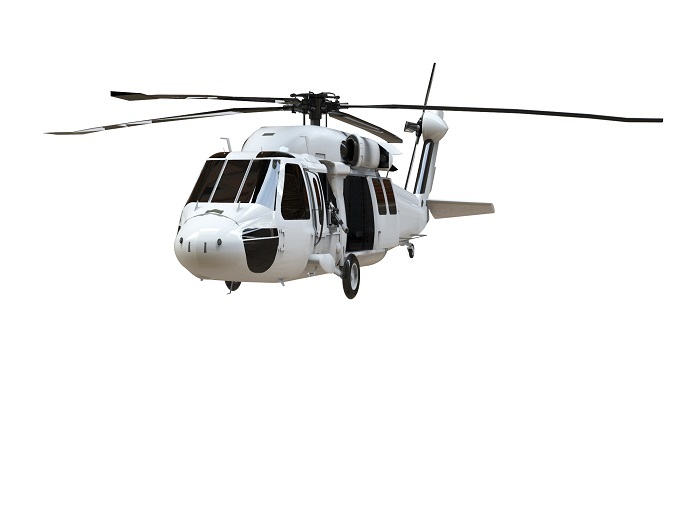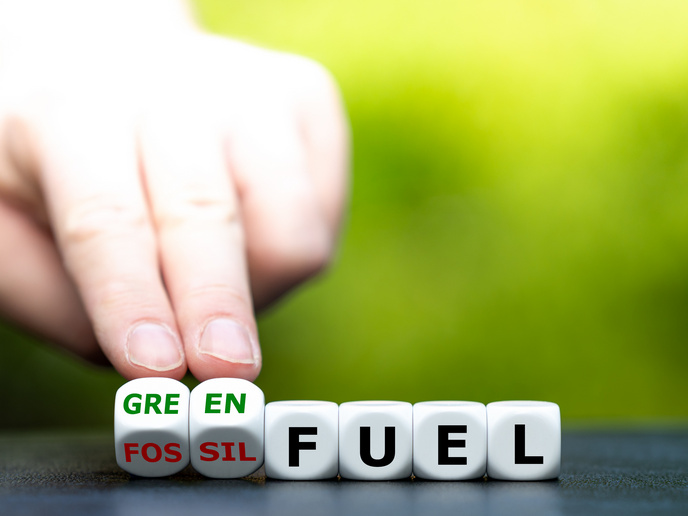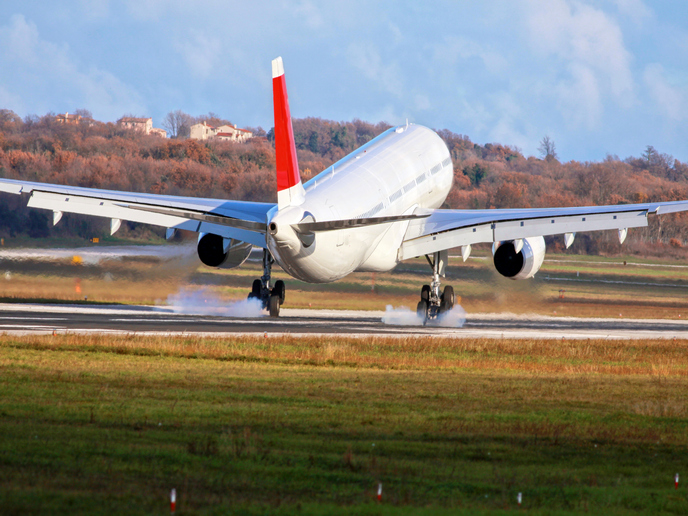Advanced aerodynamic simulations unleash the potential of the new high-speed helicopter ‘RACER’
The rotorcraft design process is difficult for a lot of reasons: improving the payload-lifting capability, reducing fuel burn and increasing the vehicle's range. In the Clean Sky 2 research programme, aircraft designers are putting the final touches on a new compound helicopter design that combines forward thrust with vertical lift capability. The new helicopter demonstrator bridges the gap between traditional helicopters and fixed-wing aircraft. Called the RACER compound rotorcraft demonstrator, it is one of the two demonstrators under development for Clean Sky’s ‘Fast Rotorcraft’ Innovative Aircraft Demonstrator Platform. Optimised for a cruise over 400 kilometres/hour (216 knots), 50 % faster than a conventional helicopter, it aims for a 25 % cost reduction per distance. It will still retain the agility and hovering capability of a conventional helicopter.
Uncovering the aerodynamics for this complex set-up
The EU funded the PROPTER(opens in new window) project to address the complex aerodynamic interactions presented by the RACER compound helicopter to provide a step change in the efficiency and speed capability of the next-generation rotorcraft. The project has been carried out by PROPTER, which is a consortium between Royal Netherlands Aerospace Centre (NLR) and TU Delft, within the framework defined by Airbus Helicopters. The compound helicopter is equipped with a multitude of aerodynamic surfaces including the overhead rotor (like that of conventional helicopter), the low-aspect ratio wings and two propellers installed on the wingtips, and tail planes. Together, they deliver the forces and moments necessary for cruise, hover, auto-rotation and manoeuvres. The propellers (also called lateral rotors) are driven by the same turboshaft engines that drive the rotor. “In-depth understanding of the interactional flow fields is critical to the success of the compound helicopter,” notes Bambang Soemarwoto, senior scientist at NLR. “The strong interactional flow fields that arise between the propellers mounted on the wings, the main overhead rotor, and the airframe have to be accurately quantified as they may significantly deviate from the individual component characteristics,” adds Soemarwoto. PROPTER conducted large-scale high-fidelity computer simulations exploiting the most advanced computational fluid dynamics software and high-performance computing cluster facility available. The project revealed more about the physics of the flow involved and produced high-confidence numerical figures through the use of ENFLOW – a research code developed at NLR in various European and national research programmes. In addition, PROPTER addressed propeller design to reduce fuel consumption, and eventually CO2 and NOx emissions.
Compound helicopter’s exciting potential
“For European aviation, this rotary-wing aircraft can make intercity flights such as Paris-London or Paris-Brussels possible in less than an hour, with the added advantage of vertical take off and landing for urban accessibility even on uneven surfaces,” notes Soemarwoto. For medical emergency flights, it means getting further and faster to those in need, enlarging the mission footprint of the ’golden hour’. PROPTER established a well-founded knowledge of the complex aerodynamics around the compound helicopter so that it can deliver this versatile capability. The significance of PROPTER work is illustrated by the comment from Jean-Michel Billig, the former Eurocopter’s executive vice president for research and development: “Several compound rotorcraft have flown since the 1950s but none of them made it to the market. So why try again now? Today’s computation and simulation capabilities are helping us a lot.” The RACER compound helicopter is expected to take to the skies in 2020.







